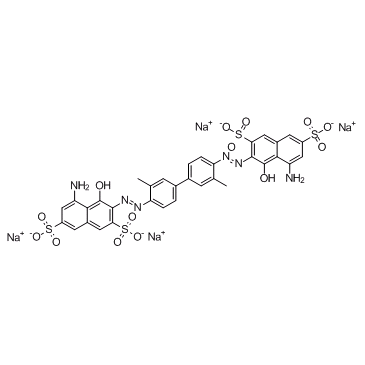| Structure | Name/CAS No. | Articles |
|---|---|---|
 |
D-Luciferin
CAS:2591-17-5 |
|
 |
Direct Blue 14
CAS:72-57-1 |
|
 |
Pluripotin
CAS:839707-37-8 |